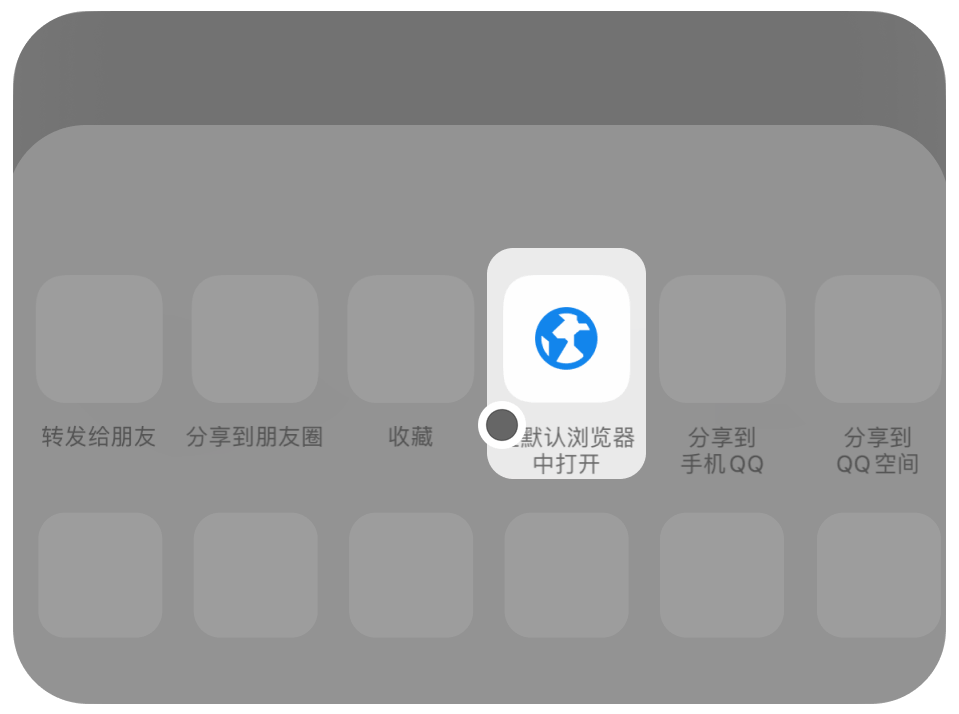非织造布液体芯吸速率试验装置
文章由上海程斯智能科技有限公司提供技术咨询
非织造布液体芯吸速率试验装置(Non Woven Fabric Liquid Core Suction Rate Test Device)
执行标准:
GB/T24218.6-2010
Execution Standards:
GB/T24218.6-2010
技术参数:
Technical Parameters:???
原理:
将条形试样垂直悬挂,一端浸入试液中,测定液体沿试样垂直上升的速率。
注:本方法主要是测定非织造布吸收液体的速率,对具有各向异性的纺织材料进行试验所得结果进行判断和比较时,可能会有一定的困难。本部分没有推荐在试液中添加有色试剂。若使用了有色试剂,则应在试验报告中说明。注:为便于观察和测量,可在试液中加入适量蓝黑(或红)水。
Principle:
Suspend the strip specimen vertically, immerse one end in the test solution, and measure the rate at which the liquid rises vertically along the specimen.
Note: This method mainly measures the rate at which non-woven fabrics absorb liquids. It may be difficult to judge and compare the results obtained from experiments on textile materials with anisotropy. This section does not recommend adding colored reagents to the test solution. If colored reagents are used, they should be stated in the test report. Note: For ease of observation and measurement, an appropriate amount of blue black (or red) water can be added to the test solution.
应用领域:
卫生用品:在卫生用品领域,非织造布液体芯吸速率试验装置用于评估卫生巾、尿不湿等产品的液体吸收性能。这些产品的液体吸收速率直接影响使用舒适度和用户体验。
医疗敷料:在医疗敷料领域,该装置用于测试医用敷料的液体吸收能力。高效的液体吸收性能对于伤口护理和药物传递至关重要。
过滤材料:在过滤材料领域,非织造布液体芯吸速率试验装置用于评估过滤材料的液体吸收和渗透性能。这对于空气过滤、液体过滤等应用非常重要。
Application Areas:
Sanitary products: In the field of sanitary products, non-woven fabric liquid core absorption rate testing device is used to evaluate the liquid absorption performance of sanitary napkins, diapers and other products. The liquid absorption rate of these products directly affects the comfort of use and user experience.
Medical dressings: In the field of medical dressings, this device is used to test the liquid absorption capacity of medical dressings. Efficient liquid absorption performance is crucial for wound care and drug delivery.
Filter material: In the field of filter materials, a non-woven liquid core absorption rate test device is used to evaluate the liquid absorption and permeability performance of filter materials. This is very important for applications such as air filtration and liquid filtration.
仪器组成:
底座,底部带有调节水平的螺旋,
盛液容器,用于盛装试液。
横梁架,可沿垂直支架上下调整。
试样夹,置于横梁架上用于固定试样。
标尺,垂直固定在横梁架上,最小刻度为1mm。
秒表
玻璃棒,直径为4mm~5 mm,长度为 30 mm。
试液,协商确定,并在试验报告中说明。若无规定,推荐使用三级水。
Instrument Composition:
Base with adjustable horizontal spiral at the bottom,
Liquid container, used to hold test solution.
Horizontal beam frame, adjustable up and down along the vertical support.
Sample clamp, placed on the crossbeam frame for fixing the sample.
Ruler, vertically fixed on the crossbeam frame, with a minimum scale of 1mm.
stopwatch
Glass rod, with a diameter of 4mm~5mm and a length of 30mm.
Test solution, negotiate and determine, and explain in the test report. If there are no regulations, it is recommended to use third grade water.
试样制备和调试:
沿纵向和横向分别剪取至少5个试样,每个试样尺寸为(30士1)mmX(250士1)mm。在试样短边一端钻两个直径为(5士1)mm的孔,每个孔距离短边均为(5±1)mm,距离邻近的长边分别为(5士1)mm。
依据 GB/T6529对试样进行调湿。
试液应在标准大气中平衡足够长的时间。
试验步骤
试验在标准大气中进行,标准大气依据GB/T6529 的规定
a)将试样垂直夹在横梁架(6.2.3)上,钻有孔的一边作为下端;
b)将一根玻璃棒(6.2.7)穿过两孔,给试样一定张力使其保持垂直状态;
C)调整试样位置,使试样靠近并平行于标尺(6.2.5),下端位于标尺零位以下15mm士2mm处;
d)降低横梁架使液面处于标尺的零位(试样下端位于液面以下15mm士2mm处);
用秒表(6.2.6)开始计时;
e)在分别经过10s、30s、60s(及必要时300s)时,记录和测量液体芯吸高度。若液体芯吸高度f)参差不齐时,则记录最高值。
Sample preparation and debugging:
Cut at least 5 samples vertically and horizontally, with each sample measuring (30 ± 1) mm X (250 ± 1) mm. Drill two holes with a diameter of (5 ± 1) mm at one end of the short side of the sample, with each hole being (5 ± 1) mm away from the short side and (5 ± 1) mm away from the adjacent long side.
Adjust the humidity of the sample according to GB/T6529.
The test solution should be equilibrated in a standard atmosphere for a sufficient amount of time.
Experimental steps
The experiment is conducted in a standard atmosphere according to the provisions of GB/T6529
a) Clamp the sample vertically on the crossbeam frame (6.2.3), with the side drilled with a hole as the lower end;
b) Thread a glass rod (6.2.7) through two holes and apply a certain tension to the specimen to maintain its vertical position;
C) Adjust the position of the sample so that it is close to and parallel to the ruler (6.2.5), with the lower end located 15mm ± 2mm below the zero position of the ruler;
d) Lower the crossbeam frame so that the liquid level is at the zero position of the ruler (the lower end of the sample is located 15mm ± 2mm below the liquid level);
Start timing with a stopwatch (6.2.6);
e) Record and measure the liquid core suction height after 10 seconds, 30 seconds, 60 seconds (and if necessary, 300 seconds). If the liquid core suction height f) is uneven, record the highest value.
试验结果:
按上述试验步骤对其他纵向和横向上的试样进行试验,每做完纵向和横向上的共10个试样后,均要更换新的试液以进行下组试验,且试液在标准大气中平衡后使用。
计算经过各规定时间,纵向和横向上各5个试样液体芯吸高度的平均值及其标准偏差以测试时间“(s)为横坐标,液体芯吸高度h(mm)为纵坐标,根据以上所得数据绘制ch曲线,曲线上某点切线的斜率即为t时刻或液体芯吸高度为h时的液体芯吸速率,单位为mm/min。
Experimental results:
According to the above experimental steps, conduct tests on other longitudinal and transverse specimens. After completing a total of 10 specimens in the longitudinal and transverse directions, replace the test solution with a new one for the next set of tests, and use the test solution after equilibrium in standard atmosphere.
Calculate the average value and standard deviation of the liquid core suction height of 5 samples in the vertical and horizontal directions after each specified time, with the test time (s) as the horizontal axis and the liquid core suction height h (mm) as the vertical axis. Based on the above data, draw a ch curve, and the slope of the tangent line at a certain point on the curve is the liquid core suction rate at time t or when the liquid core suction height is h, in mm/min.


